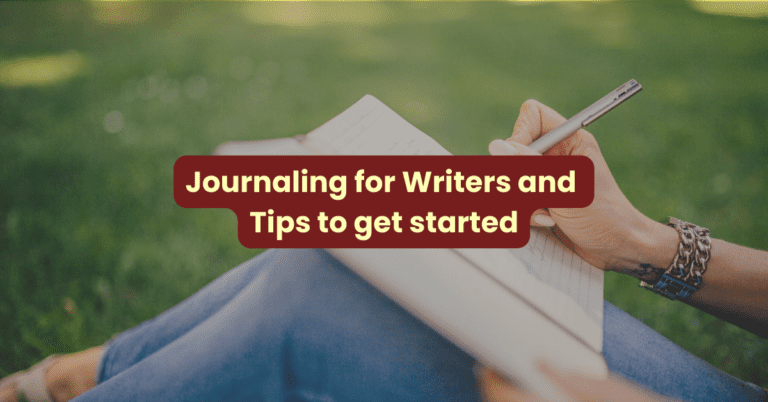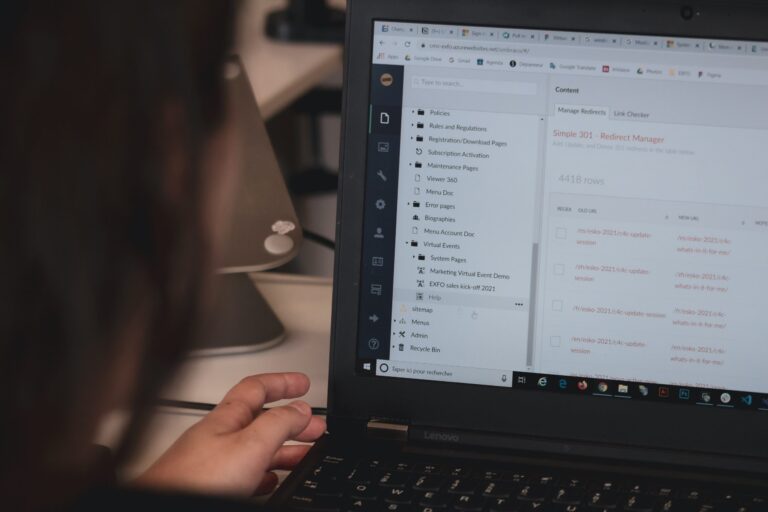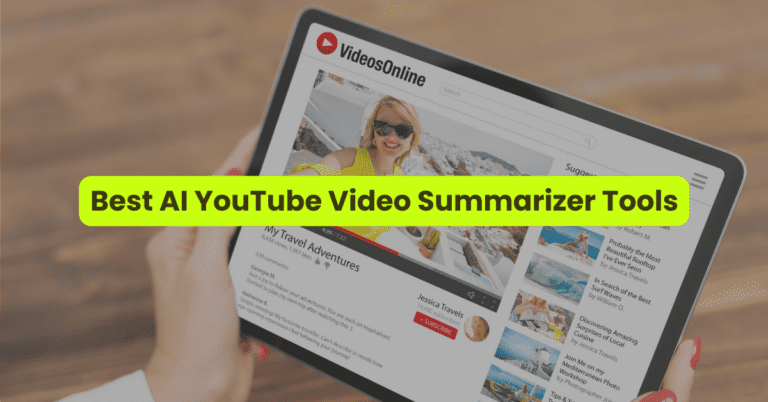Most people see headlines before they read anything else.
That’s why headlines are important in blog posts, ads, news articles, and more.
Headlines are the first impression and can determine whether someone will
read your content or not.
Writing effective headlines takes skill, and this post will help you learn the best practices.
Keep reading to find out how to write headlines that grab attention and get results.
What Makes a Good Headline
A headline is your first and perhaps only opportunity to make an impression on potential readers.
In order for a headline to be effective, it needs to do more than recount the contents of an article
A good headline should:
- Target the audience
- Help the reader understand what they will gain from reading the article
- Be catchy enough to entice people to click on it
Writing a headline may seem like a small task, but getting it right can be the difference between someone reading your article and moving on to something else.
But you can capture readers and drive more traffic to your content with a few headline-writing tips and best practices.
In this post, I’ll share ways to write headlines so that you can attract your target audience and also have your posts show up on search engine results.
Keep reading to learn more.
How to Write Headlines – 14 Easy Steps
These are some of the best tips I have to help you craft great headlines.
However, you can’t use all these ways to write a headline at once. You have to choose between different formats based on your goals.
Try a combination of the following tips and test it to see how it performs.
1. Start by Brainstorming Headline Ideas
My best advice is to start with brainstorming several potential headlines.
The goal is not to write great headlines from the get-go but to come up with a list of possible options.
So, write down a list of all the potential headlines for your post or article, no matter how silly they might seem at first.
Don’t edit anything, and don’t reject any headline ideas either because that will stop the flow of creative ideas.
Once you have a list of possible headlines, you can go back and eliminate headlines that just don’t work. You’ll be able to narrow down the list, based on what will work best for your article.
Keep in mind that the best headlines should reflect the content but also be attention-grabbing and catchy.
Soon you’ll have a selection of headlines, and from this, you’ll find the best headline that fits your audience and content.
2. Make Sure Your Headline Is Relevant
It’s critical to ensure that your headline is relevant to the content of your article.
I mean that your headline should talk about the main concept of the post. If you’re writing a post that will help people bake chocolate chip cookies, then say ‘The best chocolate chip cookie recipe you’ll ever find’.
And not ‘Check out this amazing snack recipe you won’t wanna miss’ – which is vague and not at all useful for someone looking for chocolate chip recipes.
A headline that doesn’t match the content is misleading and will leave readers disappointed.
And you’ll miss the opportunity to rank on search engines. Both search engines like Google and people use specific search terms to find information.
If your audience wants to learn how to bake an awesome cookie, use the same terms they might use to find this content.
Your audience and search algorithms depend on your headline to know whether post will help them.
3. Pique Interest with Numbers or Lists
One way to make a compelling headline is to add a number to it. That is, create blog posts in a ‘listicle’ format where you give readers a number of items based on the headline or title.
For example: 9 Ways to Make Your Clothes Last Longer or 12 Easy Steps to Grow Your First Herb Garden.
Our brains love patterns, and we’re more likely to pay attention to something that is presented in a list format.
Also, having numbers in headlines implies that the post will be easy for people to read and offers a simple step-by-step solution to help them.
Finally, lists are easy to scan, and we can quickly see if something is worth reading or not.
Headlines with a number in them frequently appeart at the top of search results. So, you don’t want to miss using this tip.
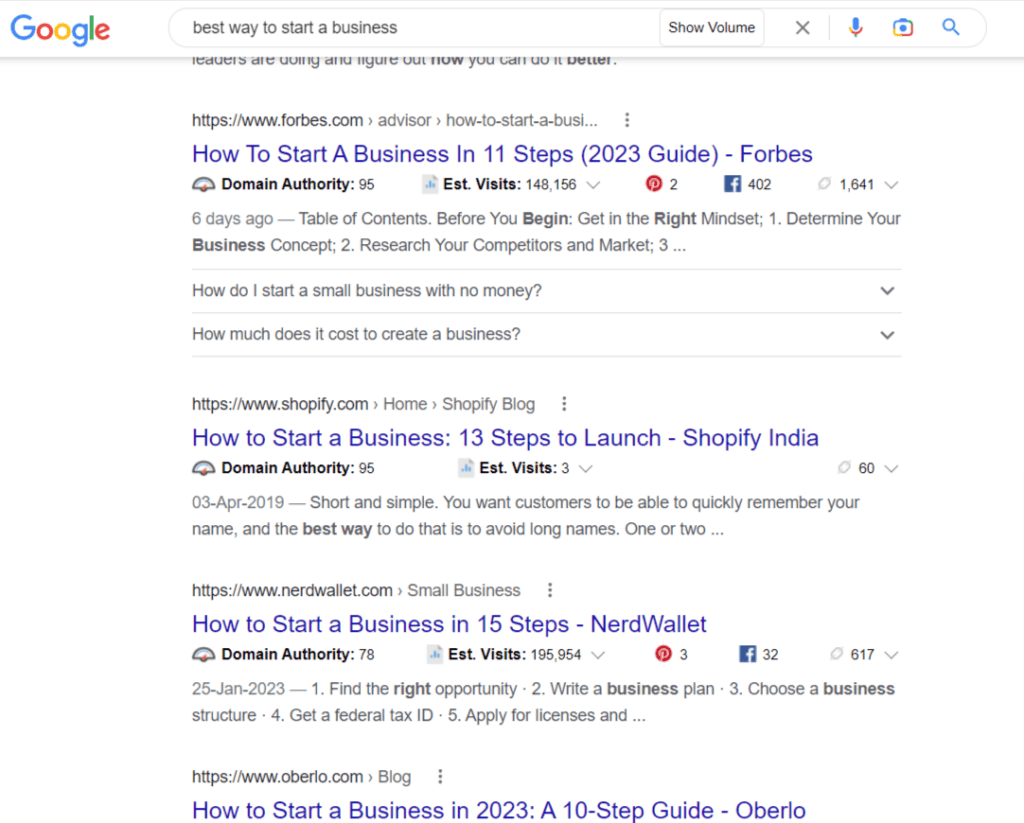

4. Use Descriptive Language that Sets the Tone of Your Article
Another way to make your headlines stand out is to use descriptive language and imagery that reflects the tone of your article.
For example, if you’re writing an informative guide on how to write great headlines, you might choose something like “Simple Tips for Writing Headlines That Wow.”
This type of headline will convey a sense of authority while also making it clear that your article contains valuable information for anyone trying to improve their headlines.
Another example of a descriptive headline is “7 Romantic Island Getaways in Croatia.”
Using descriptive language in your headlines is a great way to not only get eyeballs but to help your readers know exactly what to expect from your article.
Such headlines also look great on social media.
5. Always Keep Your Audience in Mind When You Write a Headline
As with any part of writing, it’s important to keep your target audience in mind when choosing a headline. Your headline should address a clear problem or help a specific audience.
However, if you’re writing for a specific niche or industry, it’s best to choose more targeted keywords and topics that are relevant to your target demographic.
For example, 11 Tips for Travelling in your 60s. A post with this headline is clearly for a specific audience and is likely to do well with this demographic.
Another important factor in writing a great headline is focusing on what matters to your target audience. That is, speak to the benefits your post can offer them.
Think about how you can appeal to their interests, needs, and desires to draw them in and keep them reading. Here’s an example, How CEOs can achieve Work-Life Balance with Automation.
You can come up with several content ideas and titles in this way. It may take some iteration and experimentation, but with a bit of trial and error, you’ll soon find the perfect headline that resonates with your readers.
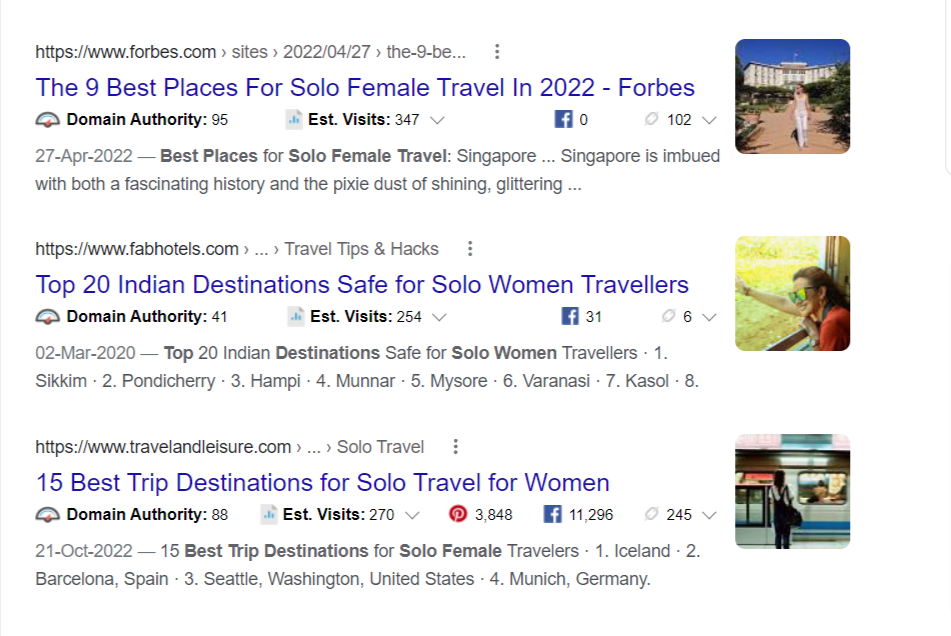

6. Use Power Words
Consider using power words that convey emotion to make your headlines stand out. Power words include words like ‘quick’, ‘powerful’, ‘easy’ and so on.
Here are some examples of power words in headlines: “The ultimate guide to writing catchy headlines” or “Easy tips for crafting killer headlines.”
It’s helpful to keep a list of power words handy so that you can refer to them when you are looking for the right word.
Power words also improve your SEO score, that is, they help your content get found in search results.
Headlines with power words tend to rank higher on Google and other search engines, so they are definitely worth using.
7. Test Your Headlines for Effective Headline Writing
Test out different headline formats until you find the one that works best.
You can do this by changing the length, tone, or structure of your headline.
For example, you can try out a short and snappy one-liner like ‘When to Fire a Customer‘ or a longer and more descriptive headline like ‘5 Steps To Gracefully Dismiss a Customer Who is No Longer the Right Fit.‘
Testing different versions of your headlines can help you determine which one gets the most engagement and clicks.
Take some time to experiment and test out different headlines until you find the one that works best.Try different formats and ideas until you find the one that resonates most with your audience.
How to Test Your Headlines
One way to check if your headline is effective is to use a headline analyzer tool. This tool supports headline writing by analyzing your headline for word choice, length, and readability.
It will also provide a score based on the strength of your headline.
This score can indicate how successful your headline might be at converting readers into customers and can help you determine which headlines are the most effective.
Let’s see how this works.
Open a headline analyzer. And insert a headline of your choice.
For example, ’11 Movies Like Titanic’.
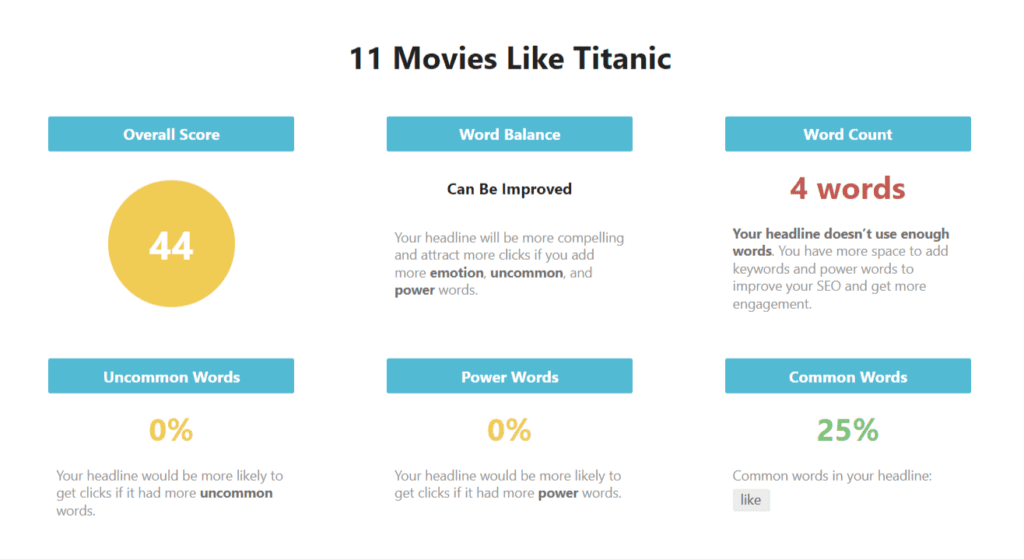

And you’ll see that the headline gets a score of 44.
Now, try ’11 Movies to Watch if You Loved The Titanic ‘ and we get a score of ’71’ which is higher.
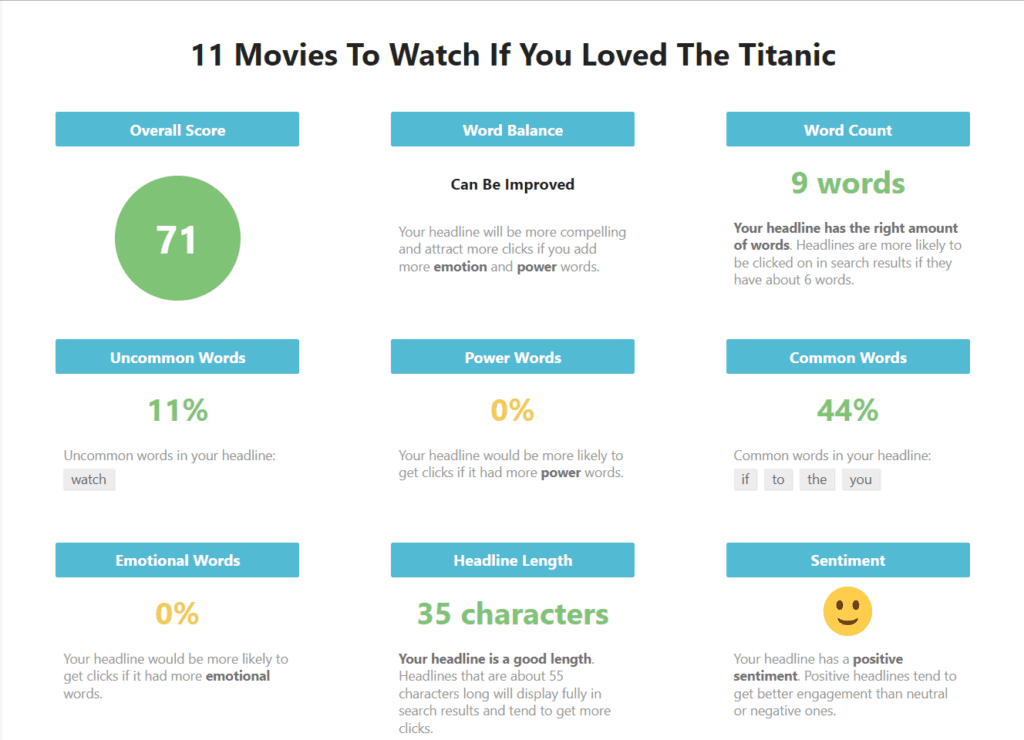

In this way, you can test if your blog title is SEO-friendly and if it will get people to read it.
We’ll explore different headline tools further below.
Use Ads and Social Media Posts
Testing headlines on ads is a great way to see if your headline is compelling. Ad campaigns can be expensive, so it’s essential to make sure that you’re using the best possible headlines to capture your audience’s attention and drive conversions.
You can also use social media posts to test different headlines on a smaller scale and see what resonates with your followers before investing in an expensive ad campaign.
8. ‘Copy’ from Your Competitors
There are a number of ways to come up with headline ideas. One of the most effective is to take a look at what your competition is doing.
By studying the headlines that other brands are using, you can get a sense of what works and what doesn’t. You’ll develop a formula for writing headlines.
Of course, you don’t want to copy your competition outright, but it’s perfectly fine to use their titles as a starting point for creating a better headline.
9. Check SERPs for Existing Headlines
If you’re a content marketer, then you know how important it is to write headlines that grab attention.
After all, no matter how great your content is, it won’t do you any good if no one ever sees it.
One way to make sure your headlines are effective is to take advantage of existing search engine results.
By looking at what’s already ranking well, you can get a good idea of what kinds of headlines are likely to be successful.
Another reason to look at existing headlines is to make sure that your headline is different from the others.
You want it to be similar enough to appear relevant and different so that Google can showcase your content to provide variety in the search results.
Finally, checking SERPs when you craft your headline is important because you’ll ensure that your article title meets SEO standards and drives more traffic to your site.
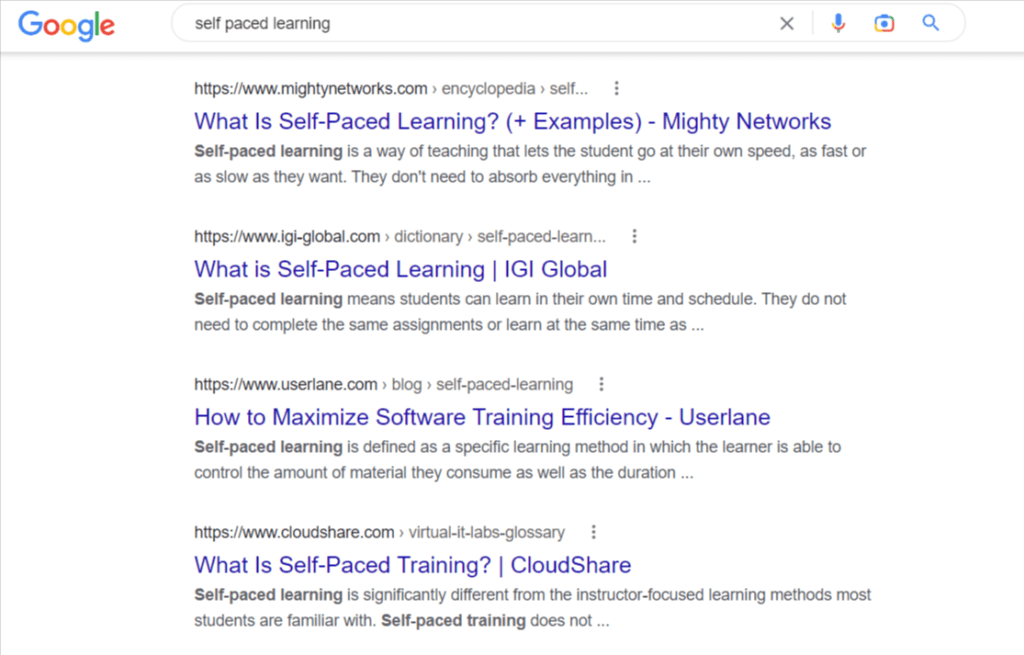

10. Use Headline Creation Tools
Want to know how to write headlines more easily? Use tools to help.
Look for ‘headline generators’ or ‘title generators’ to find free tools where you can insert your keyword and generate several optimized titles.
These free (or paid) headline tools will apply your key terms to different templates and formats.
Headline or title-generation tools will make it easy to keep readers engaged and interested in your content.
We’ll take a more detailed look at some useful headline-creation tools further down.
11. Leverage AI Content Writing Assistants
Another way to write headlines is to use AI writing tools or assistants.
These are ground-breaking online tools that instantly generate any content you want based on your prompts.
Some of the best AI writing assistants are:
- Jasper
- Anyword
- Copymatic AI
- AI Writer
- Copysmith
- Rytr
- ChatGPT
These tools can help you create compelling headlines while saving time and effort. They provide an automated way to generate unique content that reads like it’s come from a human, not a machine.
The benefit of using such tools to write headlines is that you’ll achieve your content marketing goals faster.
You only need to fill in the prompts and keywords, and the AI tool will do the rest. You’ll get a full list of useful headlines that Google will love, and so will your readers.
And you can use these AI assistants to do much more, like create your body copy, write a whole article, create a story, and so on.


It makes sense to support your creative and content marketing efforts with AI today. You’ll find it easier and more effective to write a headline fast and can move on to other vital parts of your marketing efforts.
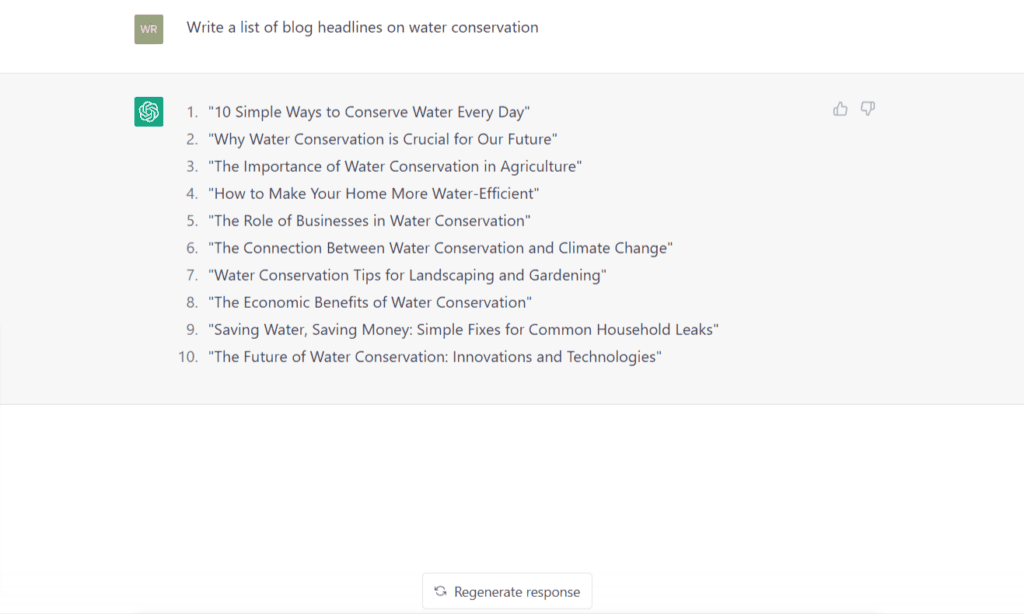

12. Avoid Clickbait
It can be very tempting to resort to clickbait tactics to gain clicks and shares.
But clickbaiting readers, while it may bring short-term rewards, will do more damage than good in the long run as readers learn they cannot trust your headlines.
A headline with clickbait might look something like this: “You’ll Never Believe What Happens Next!” or “This One Trick Will Change Your Life!”
These lack any meaningful content and fail to make any real promises to their audience.
A better content writing tip is to state concisely what information the article provides in a direct and honest way. For example: “How To Improve Organization Skills” or “The Benefits of Eating More Vegetables”.
This not only builds readers’ trust in you but also helps them decide whether your article is worth reading more quickly, which benefits everyone involved.
The key is to make a promise in your headline and then to deliver on it.
In any case, search engines like Google no longer reward clickbait phrases, so you won’t be rewarded for using them.
So, by avoiding such tactics, you also practice good SEO and ensure that your content is visible.
13. Use Urgency
Emotional headlines can be used to catch readers’ attention by utilizing urgency.
Take this headline for a sales page as an example: ’48 Hours Left – Save 25% Now!’
This type of headline speaks directly to those who read it and conveys an urgency that’s hard to ignore.
Writers can be creative with their urgency-filled headlines without making them feel too pushy or sales-oriented.
Next time you need to create a headline that stands out, tap into FOMO (the fear of missing out) for maximum impact.
14. Solve a Problem or Answer a Question
If you want to grab readers’ attention with a headline, it’s essential to make sure it answers a question, such as ‘How can I achieve this?’ or ‘What will I gain?’.
A great way to check if your title offers a solution is to do research and look at the keywords people use in searches.
They often contain words like ‘how’, ‘what’, and ‘why’ and then the keyword or phrase.
Keywords are also great for SEO purposes and may engage readers invested in your content.
You could offer an enticing solution such as ‘Double your productivity in two weeks.’ A clear promise or a solution will get people interested,
And when you do offer a solution, deliver on what you promise. Doing so builds trust and encourages people to return to your website for more of your content.
These are the best tips I can share to improve and write awesome headlines. Keep reading to learn more about tools and headline templates.
Types of Headlines
There are numerous headline types that can be used for different purposes.
Your primary goal should be to create headlines that capture attention, but you’ll also want to make sure they match the tone of the content.
It’s helpful to know how to use each type because you can employ different ones to increase your chances of engagement.
The most common types are:
- How-Tos
- Questions
- Listicles
- Comparisons
- Numbers
- Action Words
- Direct Response Headlines
- Why headlines
- News headlines
Let’s examine each one below.
How to headlines
How-to headlines are often used to offer a solution to various problems. This type of title or headline is wildly popular and performs well on Google search results.
Questions
Questions can be used to engage readers and invite them to think about the topic. They work great for content that’s related to personal development, lifestyle, or relationships.
Example: ‘Why Do We Make Bad Decisions?’
Listicles
Using a list format in your headlines is an effective way to present information in an interesting and easy-to-digest manner.
It also gives readers a sense of control as they can quickly scan the list and decide which topics to focus on.
Comparisons
An effective headline writing format is to compare two topics or ideas.
This type of headline gives readers insight into what they can expect from the article and allows them to compare the two and form their own opinion.
An example is: Sugar Vs. Artificial Sweeteners: Which is the Healthier Choice?
Numbers
Using numbers in headlines can make them stand out, as they give an accurate indication of how much content readers can expect.
This is a great way to create appealing headlines and gives readers a sense of how useful and long the post will be. Such a headline also makes the promise that the answer to issue the user is facing has simple, easy-to-follow steps.
You can also use numbers in the form of statistics. Data-driven content and headlines have a higher chance of catching attention.
Action Words
Using action words in headlines is a great way to grab readers’ attention.
They convey the message that the reader will get something out of the post and they’ll be able to act on the ideas presented in it.
Action words can also be used to describe how readers can benefit from a particular product or service, such as ‘Grow Your Business with Our Proven Strategies’.
Direct Response Headlines
These types of headlines are great for posts or articles that want to get the reader to take immediate action.
They contain words that evoke an emotion and make readers feel as though they need to act now, such as ‘Sign Up Now and Get 50% Off’.
‘Why’ Headlines
This type of headline focuses on why users should be interested in the topic.
It’s great for content that offers advice and provides solutions to problems, as it implies that readers will learn something valuable. It also has an emotional appeal since it connects with the reader on a personal level.
An example is ‘Why You Should Take Action Now to Reach Your Goals’.
News Headlines
These types of headlines are used for articles that provide up-to-date information on current events or topics.
They should be concise and to the point, and they should also give readers a sense of urgency.
An example is ‘New Study Shows Increase in Obesity Rates’.
However, news headlines should never make exaggerated or false claims and need to rely on sound data.
By understanding the different types of headlines and when to use them, you can create effective titles that draw in readers and increase engagement. It also helps you to hone your writing skills and craft headlines that are informative, entertaining, and unique.
The Best Headline Tools You Should Use
I mentioned earlier that one way to test if your headlines are good is to use headline analyzer tools.
Let’s take a check out the best headline platforms to help boost your article and social media post titles.
1. Coschedule Headline Analyzer – Headline Studio
This headline tool by Coschedule is the most detailed and visually appealing headline analyzer. Of all the tools we’ll look at here, this one has the most information and has a different interface that dives deep into your headline.


It’s called Headline Studio and you have to sign up at first to see your headline score.
However, once you sign up, you’ll get access to the free version of the tool.
Just enter a headline and get a breakdown of:
- Your headline score
- Your SEO score
- Detailed instructions on what kind of words to use
- A word bank with a thesaurus and keyword explorer to find out related keywords
Headline Studio also has a premium edition where you can leverage the power of automation. Get ‘smart’ suggestions, version histories, and full access to the word bank.
It’s incredible because you’ll find helpful tips on what kind of content you should make. This is perfect if you want to build your authority on Google and take your content marketing seriously.
The free version is useful but you can only check up to 25 headlines a month. It’s a brilliant tool if you want to use data to to help build the perfect headline formula.
2. IsItWP Headline Analyzer
You can ensure that your headline writing is on key by using IsItWP’s analyzer tool.
It’s an intuitive online platform where you can insert your title, check the score and get recommendations to improve the score.
The tool gives you a score based on things like:
- Readability
- Word length
- Character length
- The use of power words
- Sentiment
- Type of headline
What’s great about this tool is that it’s ad free. And you’ll get useful prompts to improve your headline.
It is much simpler than Headline Studio but it does the job well.
3. Capitalize My Title
Headlines make a powerful impact on your business with even a small change in wording.
And if you want to improve your blog titles and ad headlines, then tool will certainly help.
When you hit the Analyze button, you’ll get an overall headline score, readability score, SEO score, and a sentiment score.
The platform has a lot of ads and the interface is not as clean as the other tools mentioned here.
Overall, it’s a good tool to use if you find that you can’t use the other ones mentioned here.
4. Content Row Headline Analyzer and Headline Generator
You can check up to three headlines using Content Row’s Analyzer. But you can sign up for more and to get more detailed feedback on your word choice.
When you use the tool, you’ll get a simple report on your title strengths and some useful suggestions.
However, if you want more detail, you’ll have to create an account and opt for the pro version.
You’ll get recommendations and detailed reports.
Content Row also has a Headline Generator where you can enter a one or two word topic and get title ideas.
Your topic will be applied to several templates and not all of them will make sense. But you’ll get inspiration for the right formula to develop a meaningful content title.
There are several more headline analyzer tools that you can use like:
And many more.
And here are some headline generators you should check out:
- Wix title generator
- Sumo’s Kickass Headline Generator
- The Hoth Headline Generator
- Small Business Trends Title Generator
As you keep working with these tools, you’ll develop a sense of how to use a keyword, what formula works best, how to make a title emotional, and so on.
You’ll use data to support any idea you have.
And in the process, you’ll learn how to craft a blog, ad, landing page or any kind of headline that will improve your marketing.
Craft a Winning Headline and Win Content Marketing
Writing headlines can seem like a daunting task, but as long as you make sense and focus on the reader, you can create content that’s both useful and clickable.
Remember to focus on a benefit and optimize your headlines for SEO reasons.
And if you want to stand out, throw in some clever humor or use urgency to grab your reader’s attention.
By following this advice, you can create headlines that will help drive your content marketing efforts and propel your content to the top of the results page.





